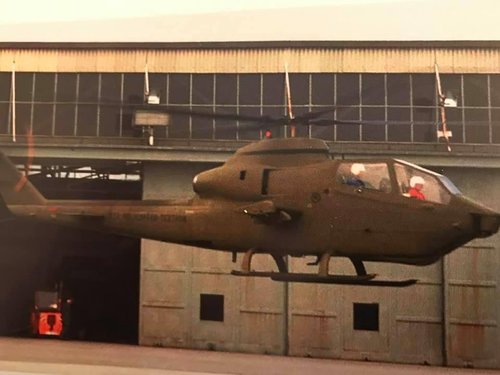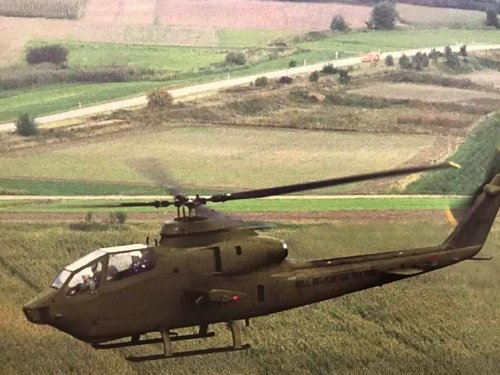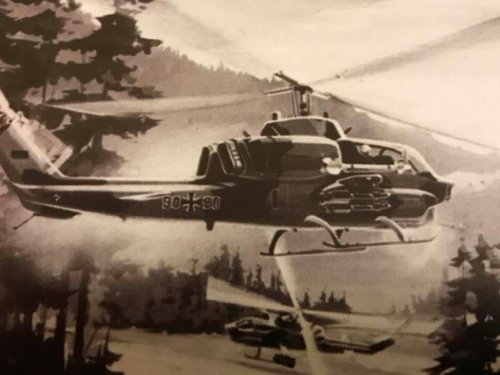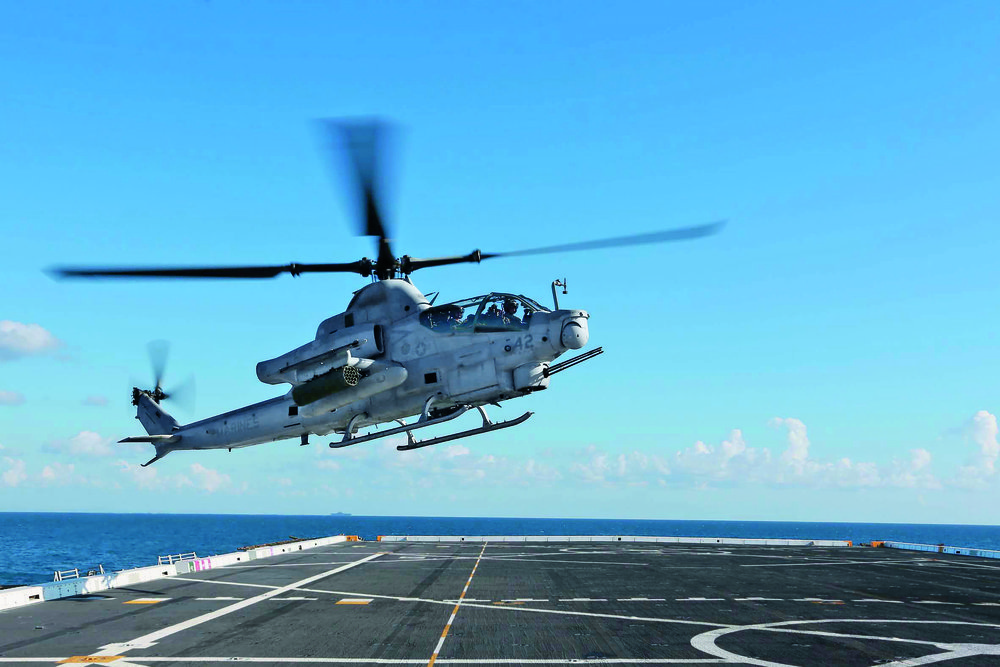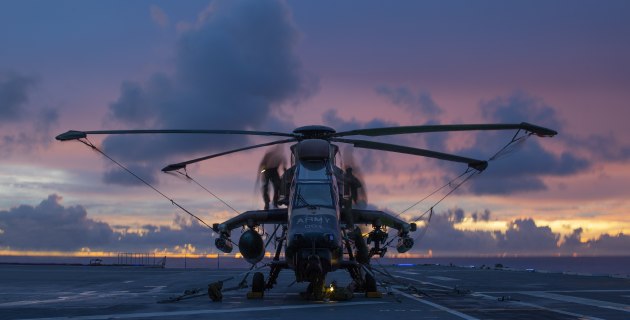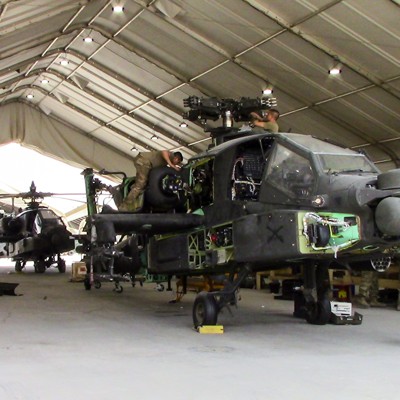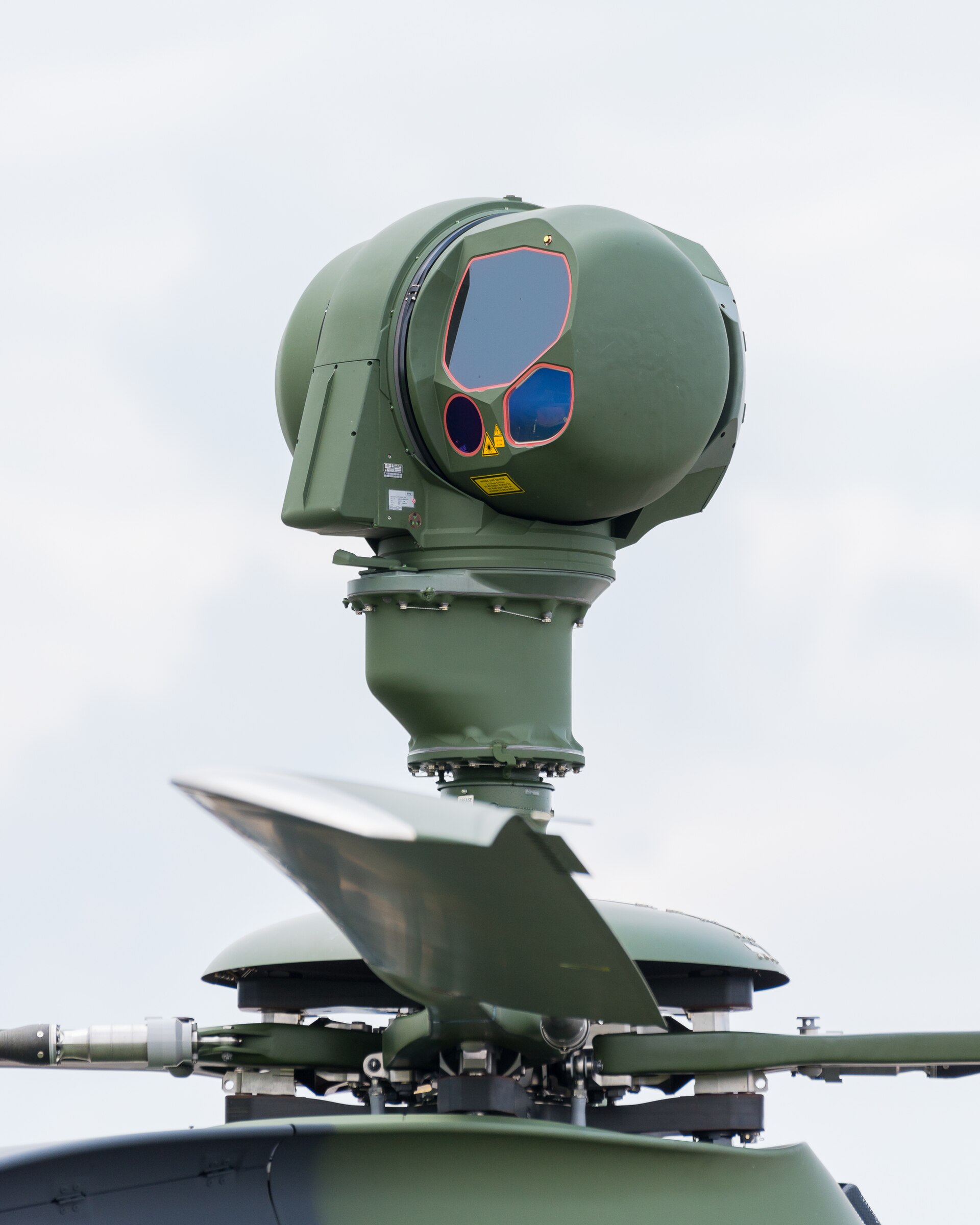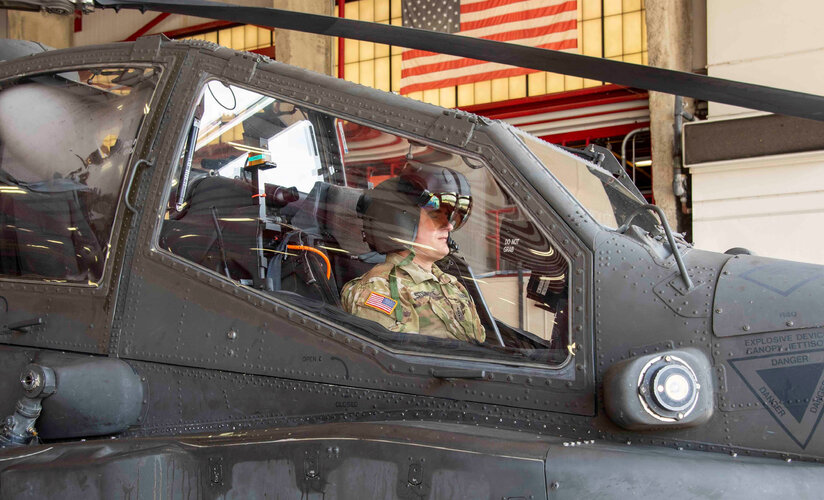Mmmm.... ok so basically if parts holding was increased, experience of the work force increased, reparable parts support was improved, contractor support increased (including taking over some functions previously handled by defence), recruitment and retention of staff improved, there would be no improvement in availability? Massive efforts and strides were made in deep level maintenance, aircraft repair and repairable parts support in recent years. Personnel who cut their teeth on Tiger as new technicians are now sergeants and warrant officers, engineering officers are coming back for their third and fourth posting on the type. All of this institutional knowledge will be lost with any new platform.
Some of you must have extremely comfortable armchairs to be so knowledgeable about a platform most if not all of you have never seen in the metal, let alone worked on. Disclaimer here, I do not nor have I ever worked for Airbus, I have no bonus or financial interest, I did however have sufficient exposure to the project to realise that everything I thought about the platform (which wasn't far off the uninformed opinions being expressed here) was completely wrong.
I am however an Australian tax payer who can envision that the ADF has spent big to get the project on track only to throw it all away and as a result either delay the acquisition of a new generation or have to spend extra and replace the replacement early. If it sounds like I'm getting a bit annoyed its because I am. I can see the repeat of the standard Australian defence procurement of going for and stuffing up the bleeding edge option, then going for and stuffing up the easy / cheap option. The biggest single issue in Australian defence procurement is subpar contracts, poorly conceived, poorly written, poorly executed and poorly managed buy lots of people with MBAs but no real world major project experience. Its not which platform is selected so much that counts, its whether the brains trust has adequately estimated and provided for the necessary support systems.
Reality check, the Apache acquisition will have issues as any acquisition does, it will cost more and take longer than expected. For those who think Airbus are bad, it should be noted that Boeing were also supporting the Tiger and lost the contract about three years ago under CASGs new performance based contracting model. For the actual project it was pretty much a case of most people just changing the logo on their polo shirts.
Should Tiger have been acquired in the first place, probably not, my preferred option would have been Cobra in the 70s, failing that, Seacobra in the 80s or 90s, or possibly a joint Mangusta / Lynx acquisition in the 90s or 2000s. i.e. something good enough one to or three decades earlier. It didn't happen and Tiger was selected, with its early problems it could, maybe even should have been cancelled and replaced with a FMS option, but this didn't happen either. Now when defence is stretched with the introduction of multiple (often long over due) projects, they are replacing a helicopter that has achieved FOC and has (belatedly) met, even exceeded, promised capability, while retaining another (MRH-90) that is much more of a maintenance hog, has major caveats over its use, and is nowhere near meeting promised performance. It is so bad that airframes assigned to other missions have been withdrawn (requiring the acquisition of another type to replace it in those missions) and added to the aircraft pool and a different type has been acquired for training, so the operational squadrons can finally get enough birds in the air to meet operational requirements.
